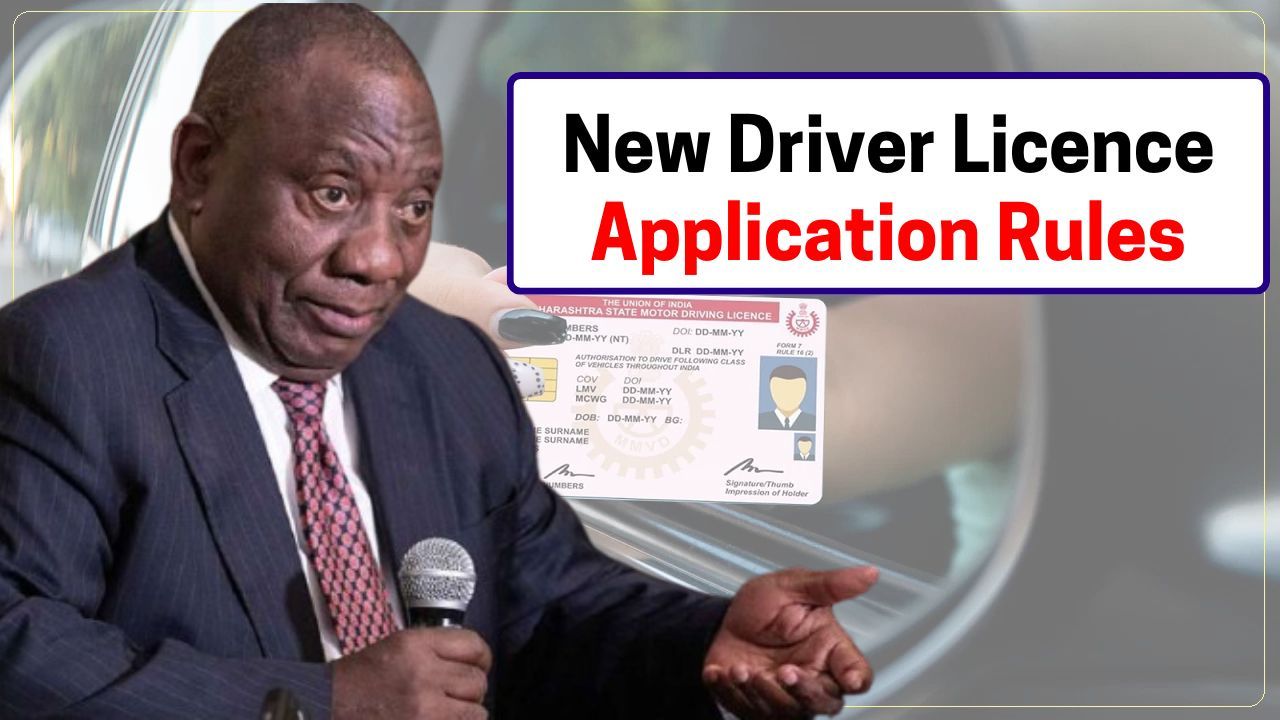South Africa is preparing for a major overhaul of its driver’s licence application process in 2025, aiming to modernise the system, improve efficiency, and reduce fraud. These reforms are part of a broader initiative by the Department of Transport to digitalise public services and align South African road regulations with global best practices. For new drivers and existing licence holders alike, understanding the upcoming changes is essential.
Digital Applications to Replace Manual Systems
One of the most significant updates in 2025 is the shift from paper-based to fully digital applications. The current manual booking and application process has long been criticised for being slow, vulnerable to corruption, and inconvenient for applicants, especially in rural areas.
In response, the government is introducing an integrated online portal that will allow applicants to book learner’s and driving licence tests, upload required documents, and make payments digitally. The new system will also include biometric verification features to reduce identity fraud and ensure that licences are issued only to eligible and verified individuals.
New Learner’s Licence Format and Test Structure
From mid-2025, the learner’s licence will undergo changes in both its format and testing structure. The Department of Transport has confirmed that the test will include updated content, with a greater focus on defensive driving principles, pedestrian safety, and hazard perception. The aim is to improve road safety by ensuring new drivers are better trained and more aware of real-world road conditions.
Additionally, the learner’s licence will be issued in a smart card format, replacing the traditional paper version. This will help streamline enforcement and ensure the card can be read electronically by law enforcement officers during roadside checks.
Stricter Age and Medical Requirements
The new regulations also introduce enhanced age verification and medical assessment protocols. While the minimum age for different licence codes remains the same, all applicants will now need to submit an updated medical fitness declaration, especially for professional driving permits (PrDP). For older applicants or those renewing licences, medical screening will be more rigorously enforced to assess vision, cognitive function, and physical ability to drive.
Mandatory Driver Training at Accredited Schools
Another major rule change is the requirement for learner drivers to complete a minimum number of training hours at accredited driving schools before being eligible to take the test. This move is intended to professionalise driver education and reduce the number of unqualified or undertrained drivers on the road. The government has already begun certifying and registering compliant training centres across all provinces.
Here’s a look at the key changes and how they compare to current regulations:
| Application Requirement | Current Rule (2024) | New Rule (2025) |
|---|---|---|
| Application Method | Manual booking or mixed | Fully digital with biometric verification |
| Learner’s Licence Format | Paper-based | Smart card with scannable chip |
| Test Content | Basic rules and signs | Includes hazard perception, defensive driving |
| Driving School Requirement | Optional | Mandatory minimum hours at accredited school |
| Medical Check for PrDP | Basic declaration | Comprehensive medical screening |
| Age Verification | ID submission only | Enhanced age and ID verification |
Transition Timeline and Public Education
The Department of Transport has indicated that these changes will be phased in over the course of 2025, with a full transition expected by December. Public awareness campaigns are being rolled out nationwide to educate citizens about the new processes. Driving schools are also being supported through training and accreditation incentives to meet the increased demand for learner instruction.
Long-Term Benefits for Road Safety and Service Delivery
While the 2025 changes may initially bring challenges in terms of adjustment and capacity building, authorities believe the reforms will lead to a more secure, transparent, and effective licensing system. Better-trained drivers, reduced corruption in bookings, and improved licence traceability are expected to contribute significantly to lower accident rates and improved road discipline.
